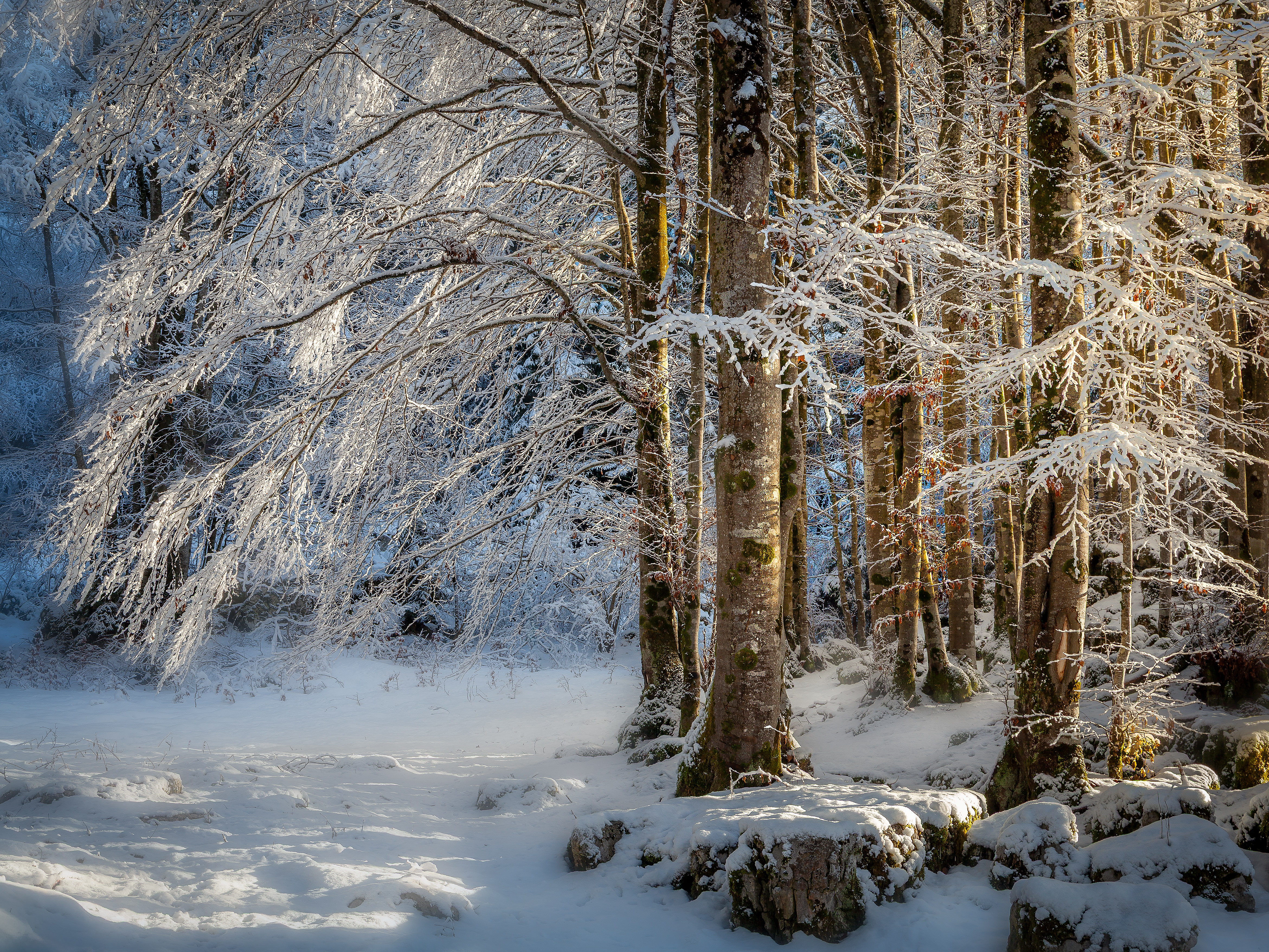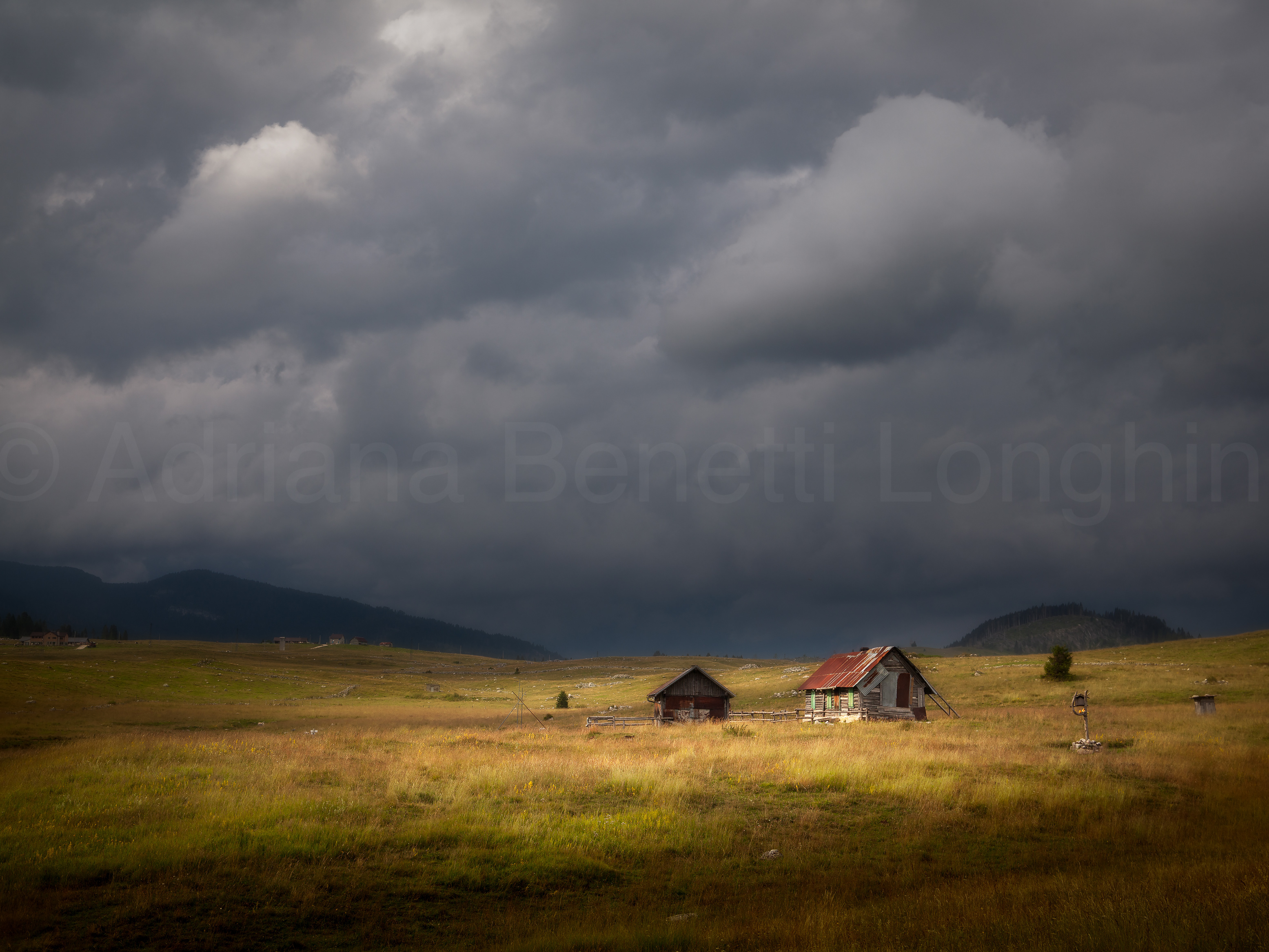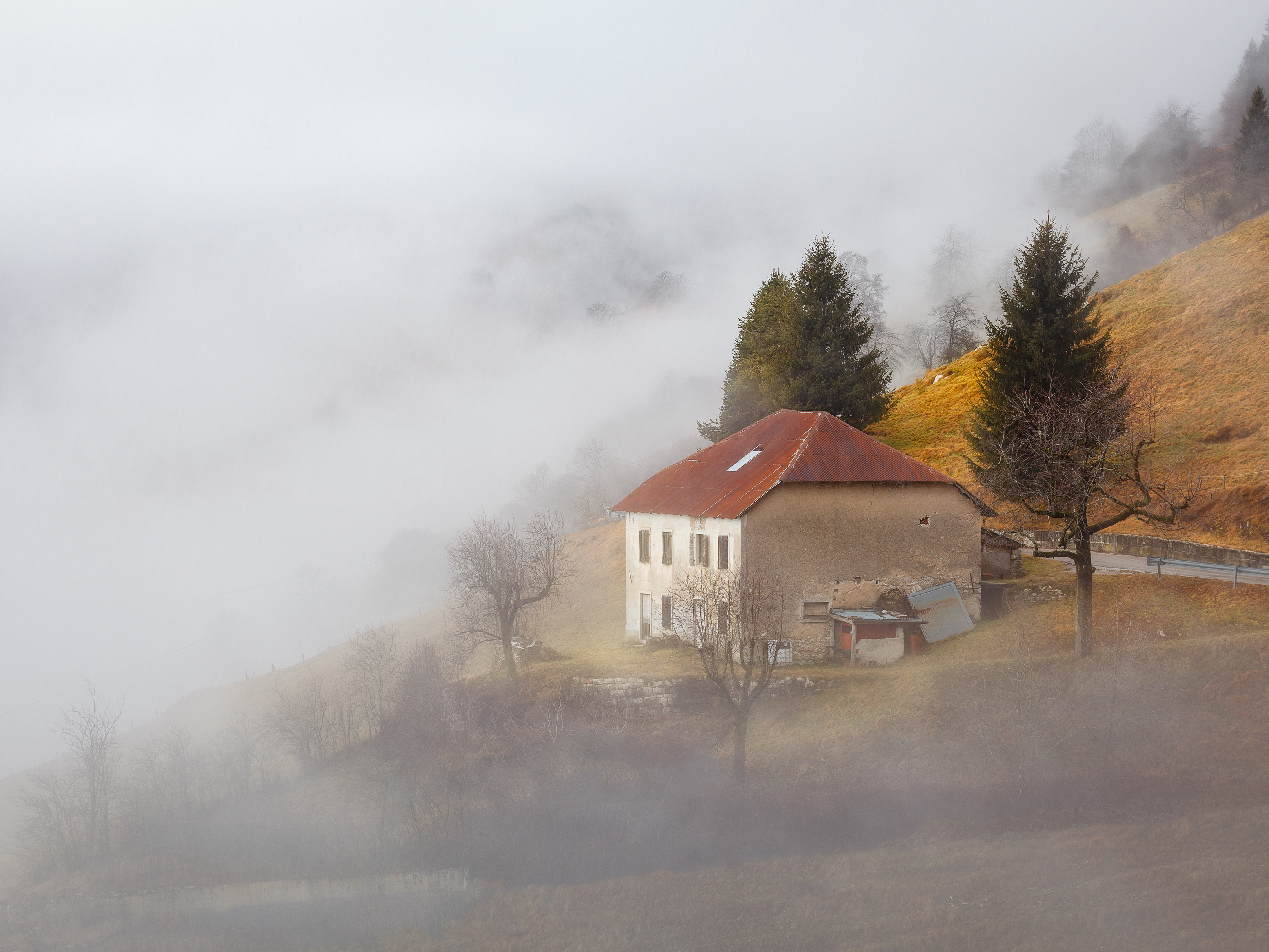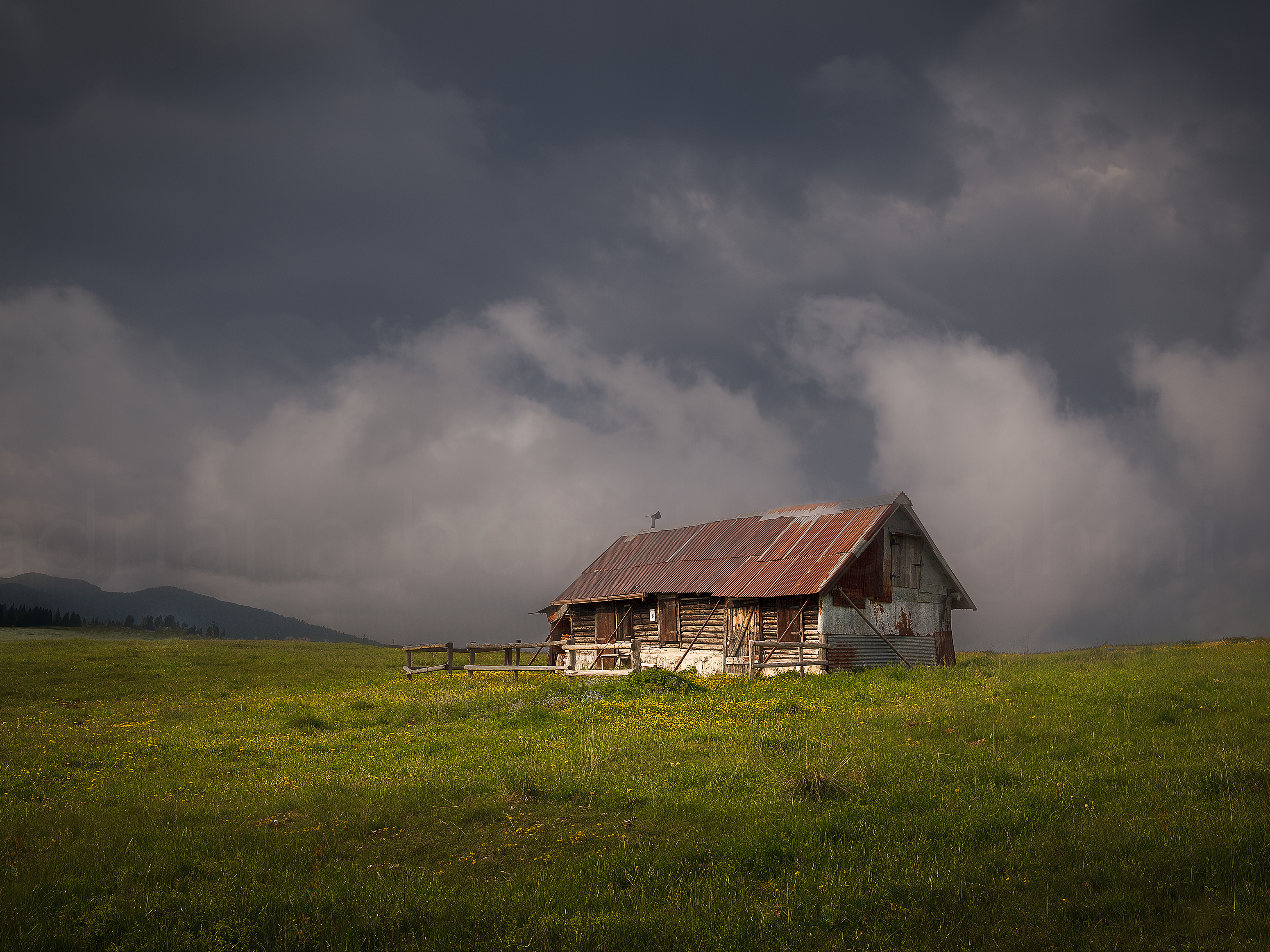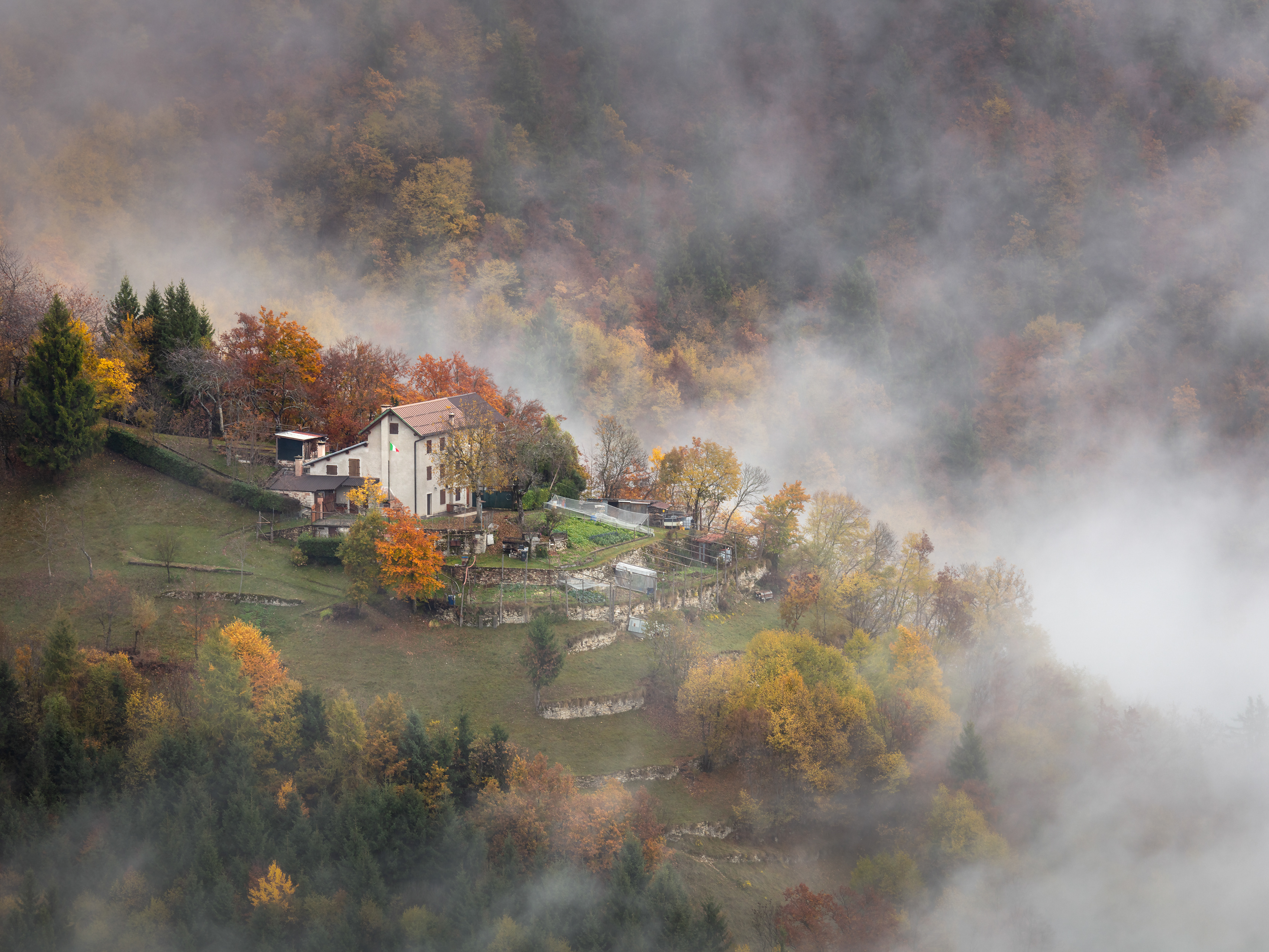Landscape photography is an art form that combines technical skill with a deep appreciation for nature's beauty.
Composition is one of the most crucial aspects of creating breathtaking landscape photos and is one of the things that I was taught while studying Fine Arts many years ago! Recently I have noticed how little attention is placed on getting composition right whether in camera or during the phase of post production. Composition refers to how elements within a scene are arranged and organized in a photograph. It can transform a mundane shot into a captivating image that draws viewers in and holds their attention. In this blog, we will explore essential tips and techniques for achieving perfect composition in landscape photography.
La fotografia di paesaggio è una forma d'arte che combina abilità tecniche con un profondo apprezzamento per la bellezza della natura.
La composizione è uno degli aspetti più cruciali della creazione di foto di paesaggi mozzafiato ed è una delle cose che mi è stata insegnata mentre studiavo Belle Arti molti anni fa! Recentemente ho notato quanto poca attenzione sia rivolta a ottenere la composizione giusta sia nella macchina fotografica che durante la fase di post-produzione. La composizione si riferisce a come gli elementi all'interno di una scena sono disposti e organizzati in una fotografia. Può trasformare uno scatto banale in un'immagine accattivante che attira gli spettatori e attira la loro attenzione. In questo blog, esploreremo suggerimenti e tecniche essenziali per ottenere una composizione perfetta nella fotografia di paesaggio.
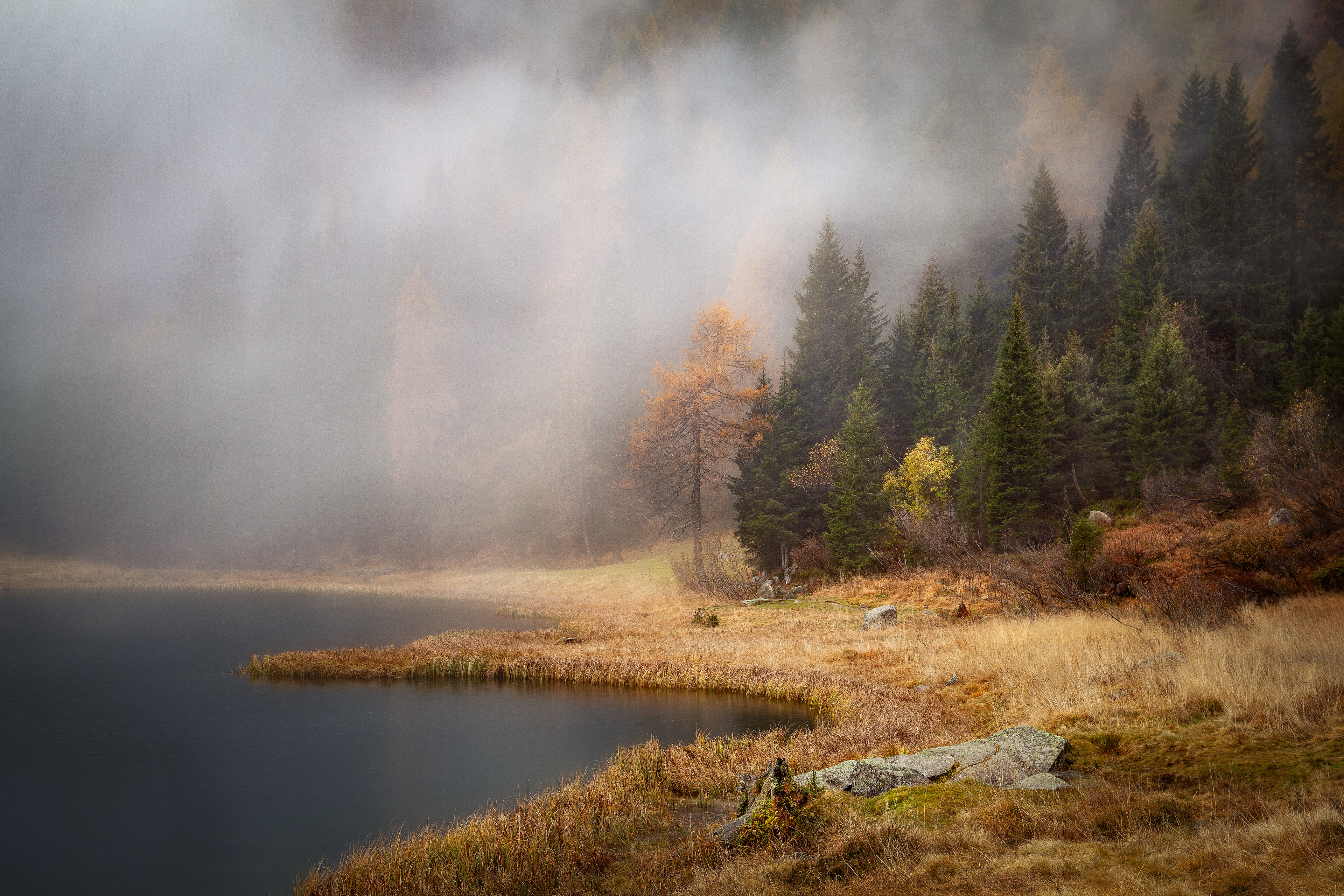
For this photo I've used the classic example of positioning my subjects (trees) within the space relative to two thirds. The level of the water was kept purposely just below the centre of the photo as I did not want to loose the tips of the pine trees on the right hand side of the image. The blue and yellow colours in the photo are complimentary in the colour wheel, therefore creating added harmony.
Per questa foto ho usato il classico esempio di posizionamento dei miei soggetti (alberi) all'interno dello spazio rispetto a due terzi. Il livello dell'acqua è stato mantenuto di proposito appena sotto il centro della foto in quanto non volevo perdere le punte dei pini sul lato destro dell'immagine. I colori blu e giallo nella foto sono complementari nella ruota dei colori, creando così un'ulteriore armonia.
The rule of thirds is a fundamental principle in photography composition dividing your frame into a 2x3 grid. Positioning key elements along these lines or at their intersections creates balance and interest in the image. For instance, placing the horizon along the top or bottom third rather than in the center adds depth and avoids splitting the scene in half.
La regola dei terzi è un principio fondamentale nella composizione fotografica che divide il tuo fotogramma in una griglia 2x3. Posizionare gli elementi chiave lungo queste linee o alle loro intersezioni crea equilibrio e interesse per l'immagine. Ad esempio, posizionare l'orizzonte lungo il terzo superiore o inferiore piuttosto che al centro aggiunge profondità ed evita di dividere la scena a metà.
This favourite image of mine shows how the rule of two thirds works horizontally but at the same time vertically as well. Here the 3 horizonal layers can be seen dividing the image:
1) grass and water placed in the first third of the image.
2) building and forest placed in the second third.
3) clouds and mist placed in the top third.
4) silver birches place within the right hand side of the image.
Questa mia immagine preferita mostra come la regola dei due terzi funziona orizzontalmente ma allo stesso tempo anche verticalmente. Qui si possono vedere i 3 strati orizzontali che dividono l'immagine:
1) erba e acqua posizionata nel primo terzo dell'immagine.
2) rifugio e bosco collocati nel secondo terzo.
3) nuvole e nebbia posizionata nel terzo superiore.
4) le betulle si trovano sul lato destro dell'immagine.
Leading Lines (see photos below) Linee principali (vedi foto sotto)
Leading lines are natural or man-made lines that guide the viewer's eye through the photograph, often towards the main subject. These lines can be anything from roads, rivers, fences, or even shadows. When used effectively, leading lines can create a sense of depth and draw attention to specific areas of the landscape.
Le linee principali sono linee naturali o artificiali che guidano l'occhio dello spettatore attraverso la fotografia, spesso verso il soggetto principale. Queste linee possono essere qualsiasi cosa, da strade, fiumi, recinzioni o anche ombre. Se utilizzate in modo efficace, le linee guida possono creare un senso di profondità e attirare l'attenzione su aree specifiche del paesaggio.



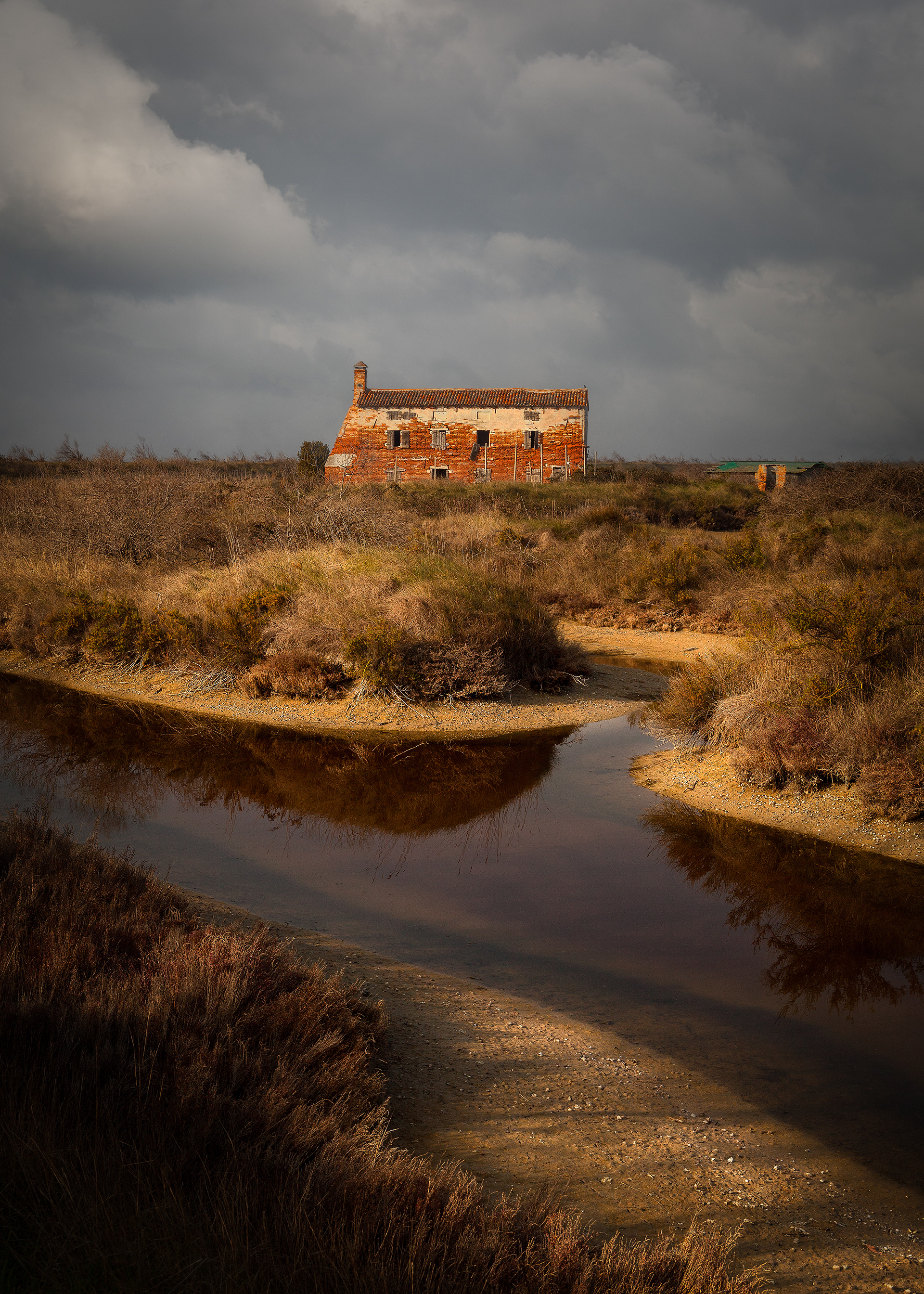
Foreground Interest (see photos below) Interesse in primo piano (vedi foto sotto)
Incorporating interesting elements in the foreground can add depth and dimension to your landscape photos. Rocks, flowers, water, or other objects can serve as a focal point that draws the viewer’s eye into the scene and provides context and scale. A well-chosen foreground can make a flat image feel three-dimensional and immersive.
Incorporare elementi interessanti in primo piano può aggiungere profondità e dimensione alle tue foto di paesaggio. Rocce, fiori, acqua o altri oggetti possono servire come punto focale che attira l'occhio dello spettatore nella scena e fornisce contesto e scala. Un primo piano ben scelto può far sentire un'immagine piatta tridimensionale e coinvolgente.
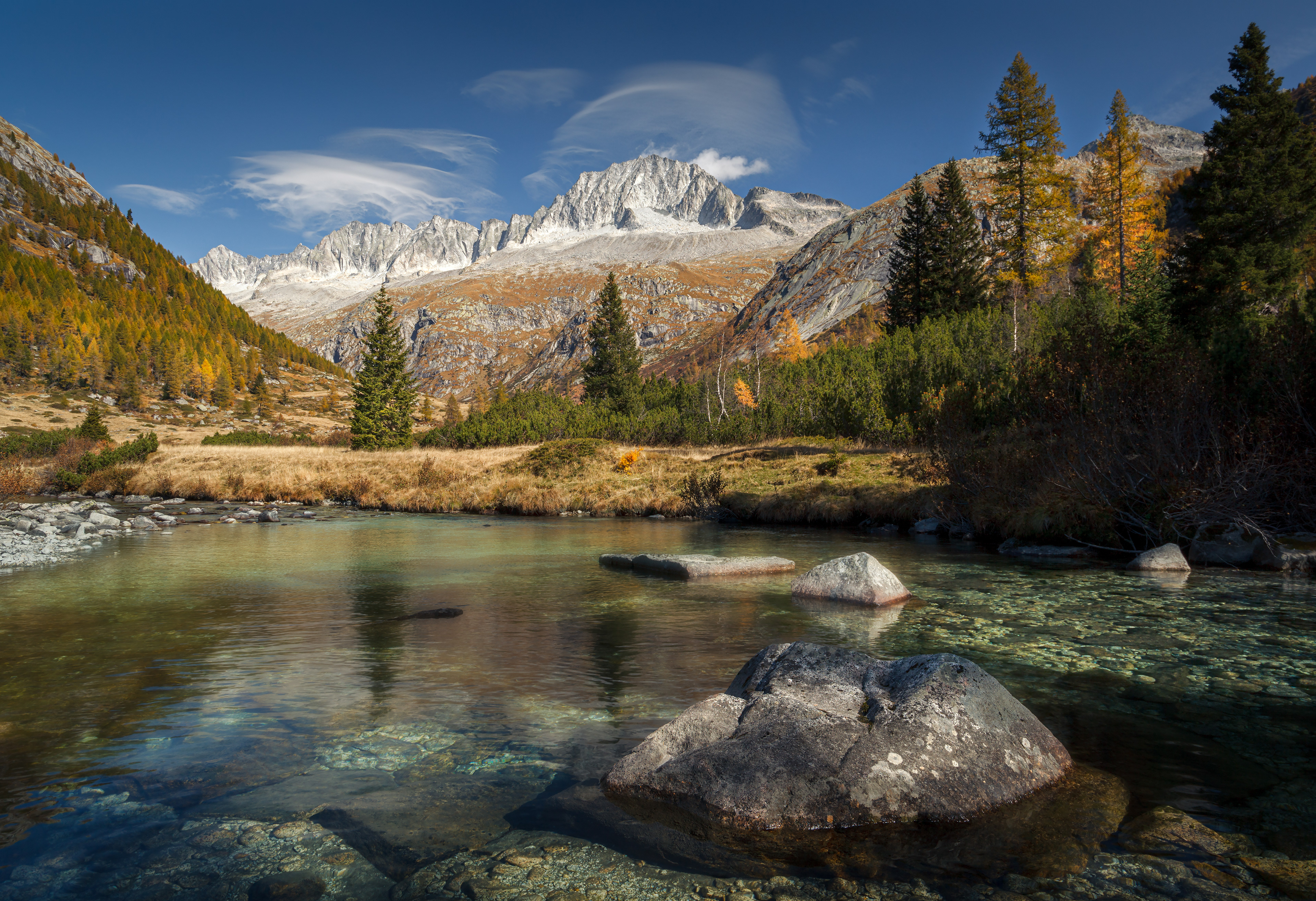
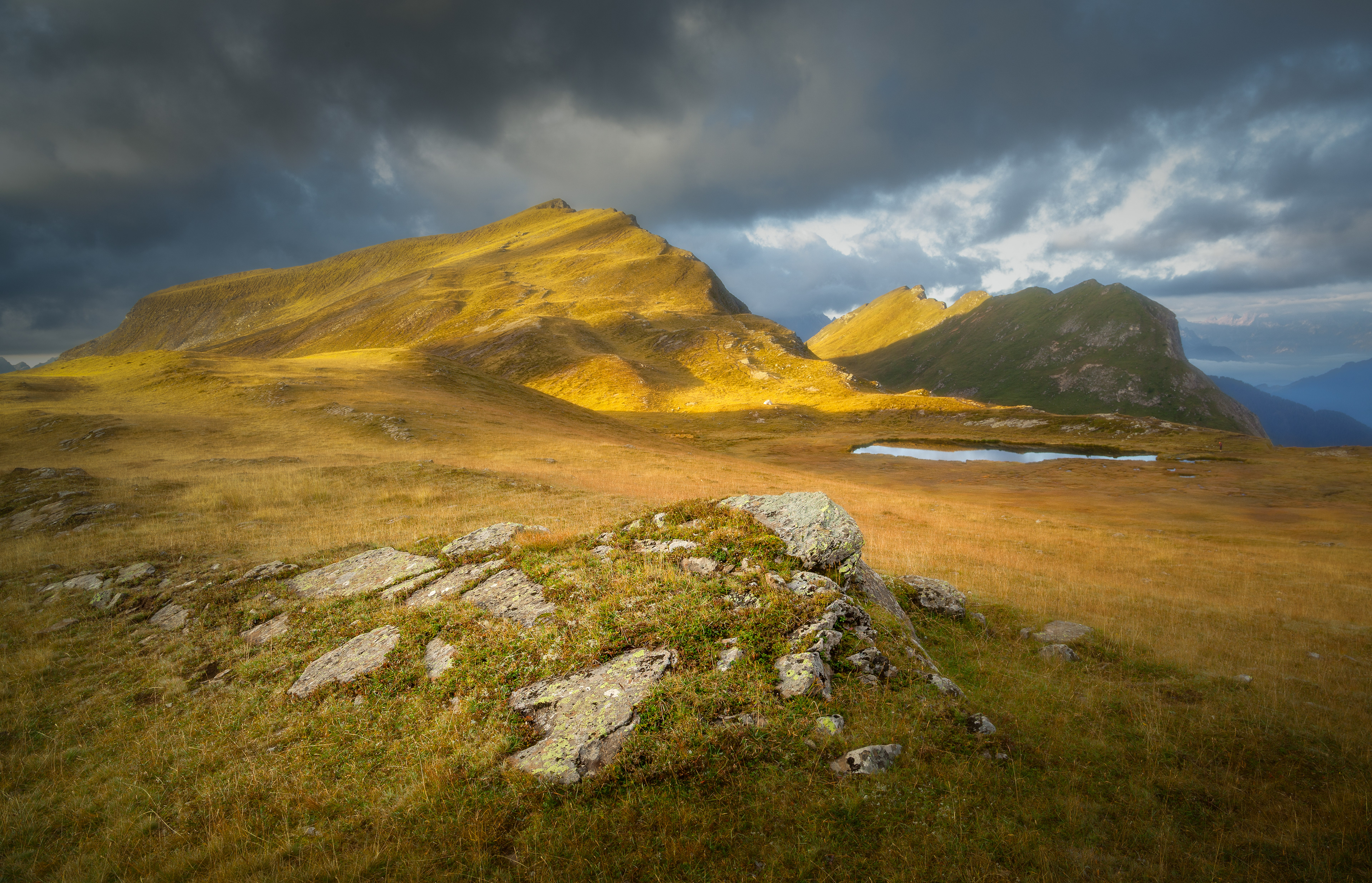
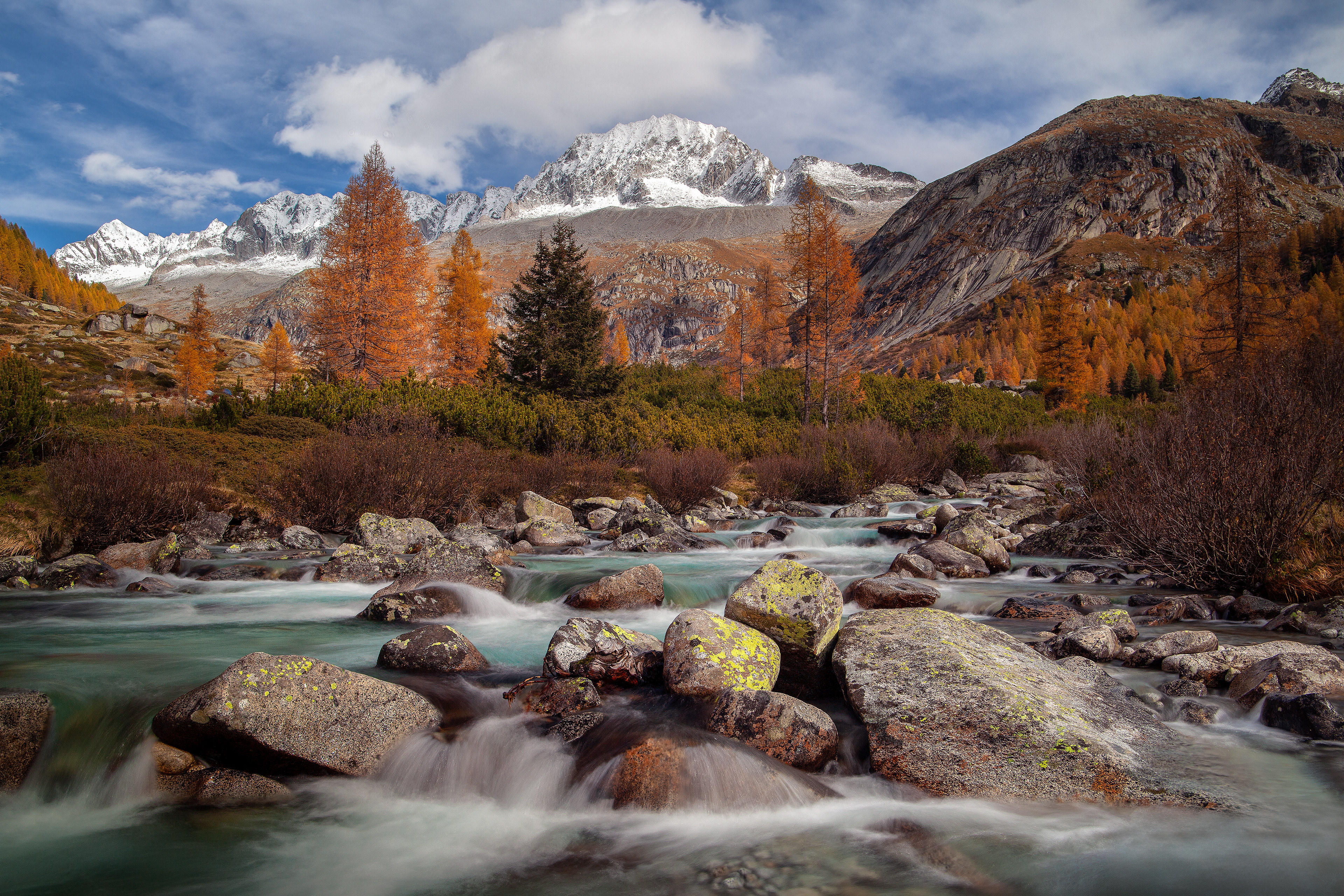
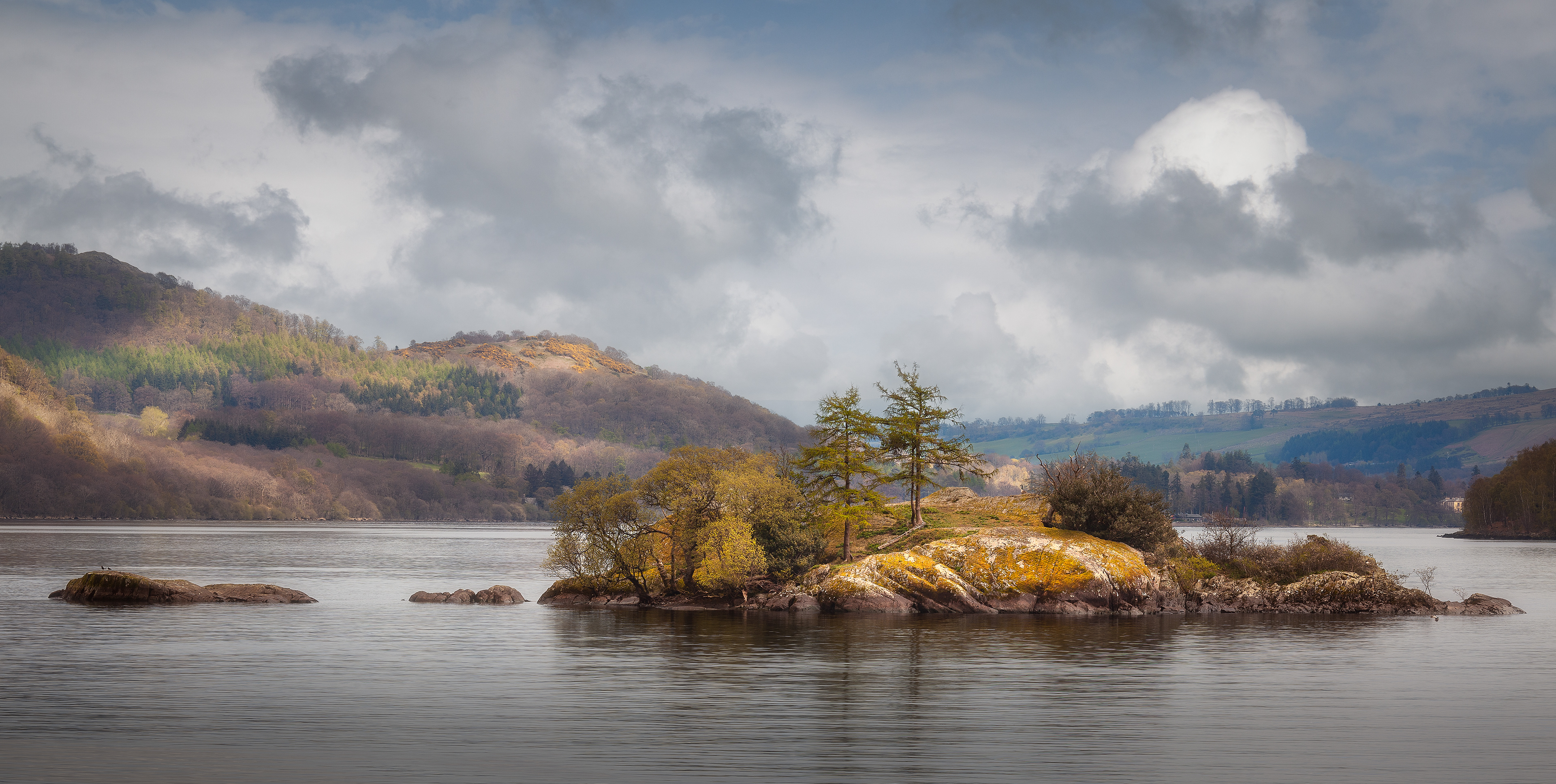
Framing (see below) Inquadratura (vedi sotto)
Using natural elements to frame your shot can add a sense of depth and focus to your composition. Trees, archways, and even clouds can act as frames that direct the viewer's attention toward the central subject. This technique also helps to create a sense of context and can lead to more visually interesting compositions.
Usare elementi naturali per inquadrare il tuo scatto può aggiungere un senso di profondità e messa a fuoco alla tua composizione. Alberi, archi e persino nuvole possono agire come cornici che dirigono l'attenzione dello spettatore verso il soggetto centrale. Questa tecnica aiuta anche a creare un senso del contesto e può portare a composizioni più visivamente interessanti.
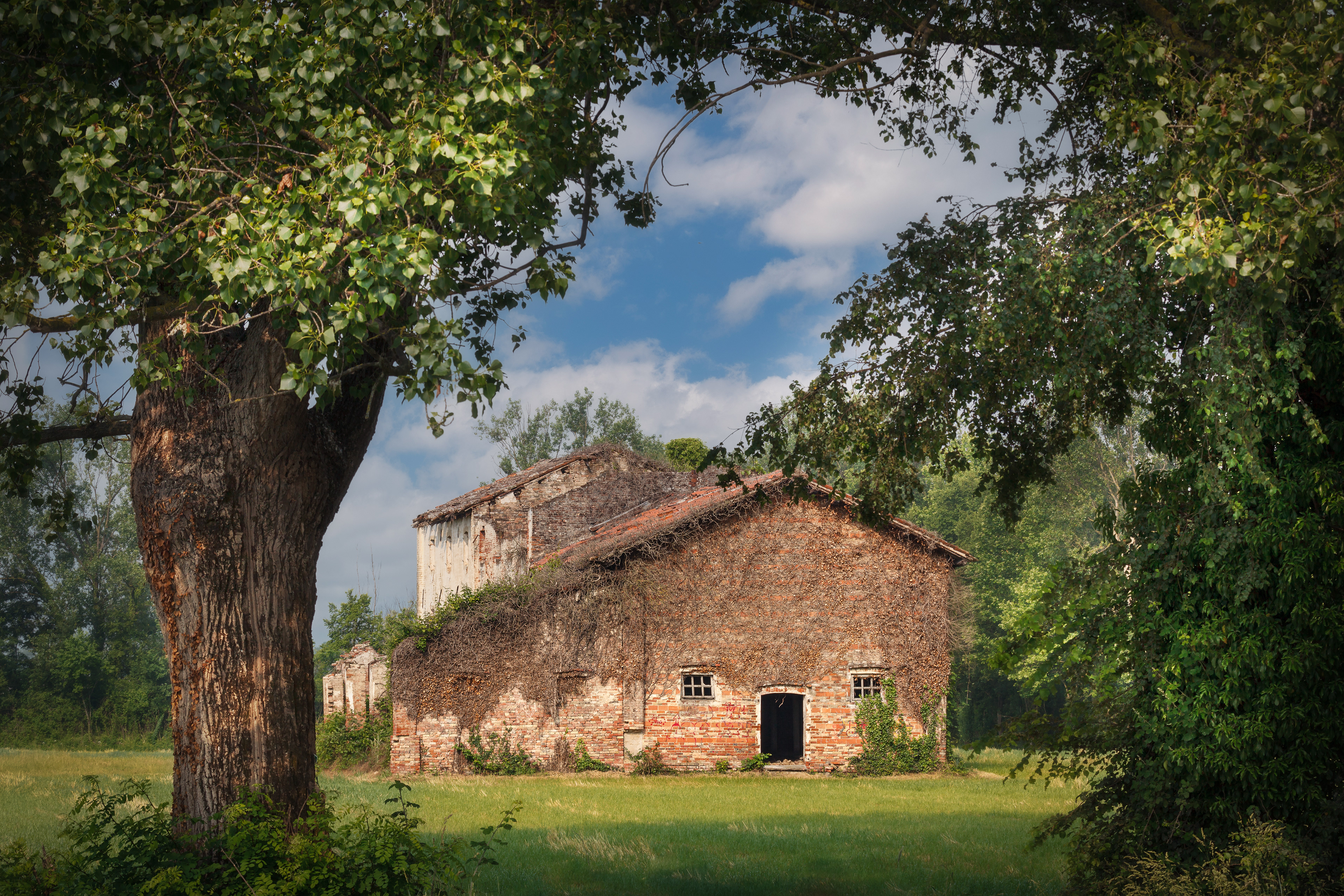
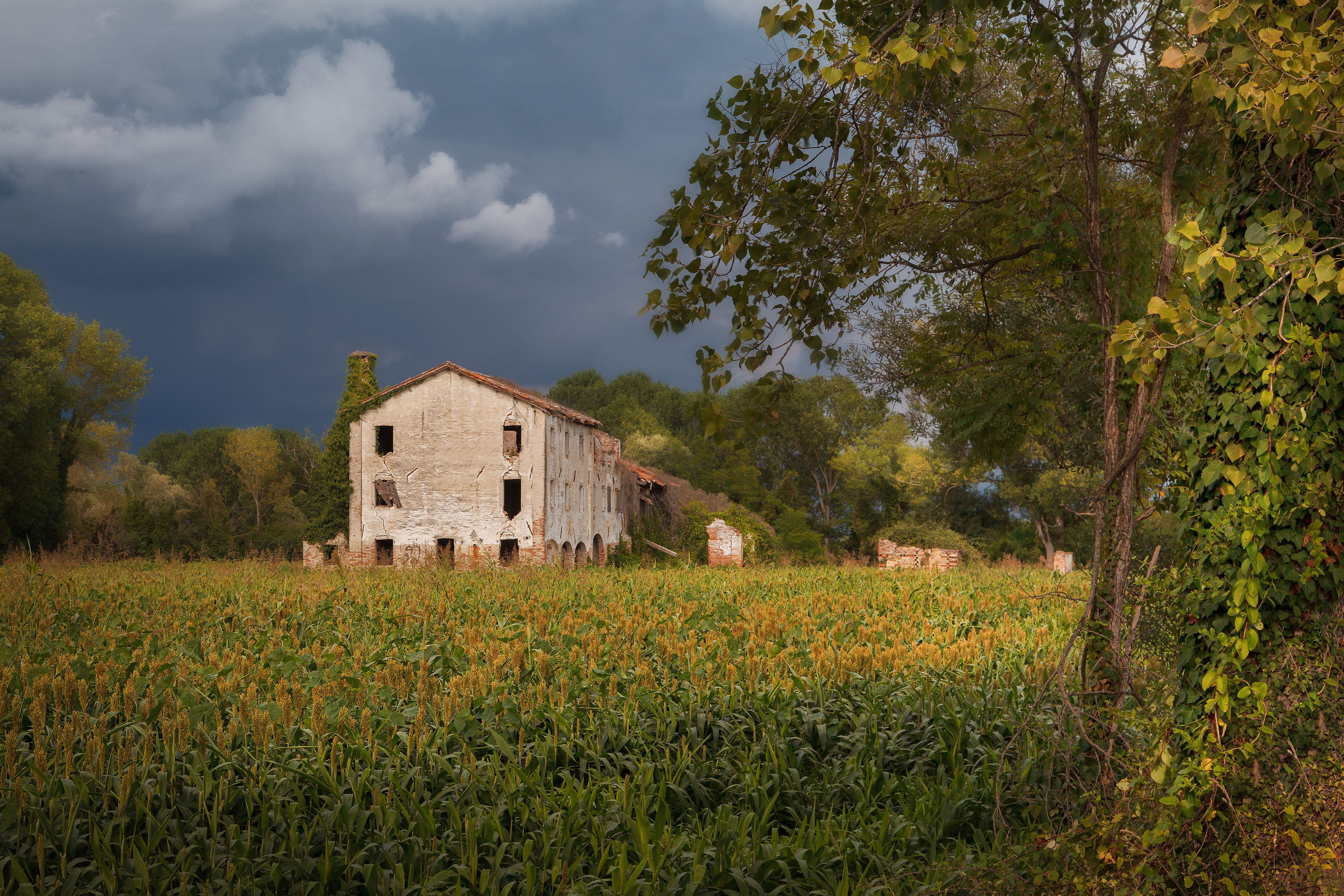
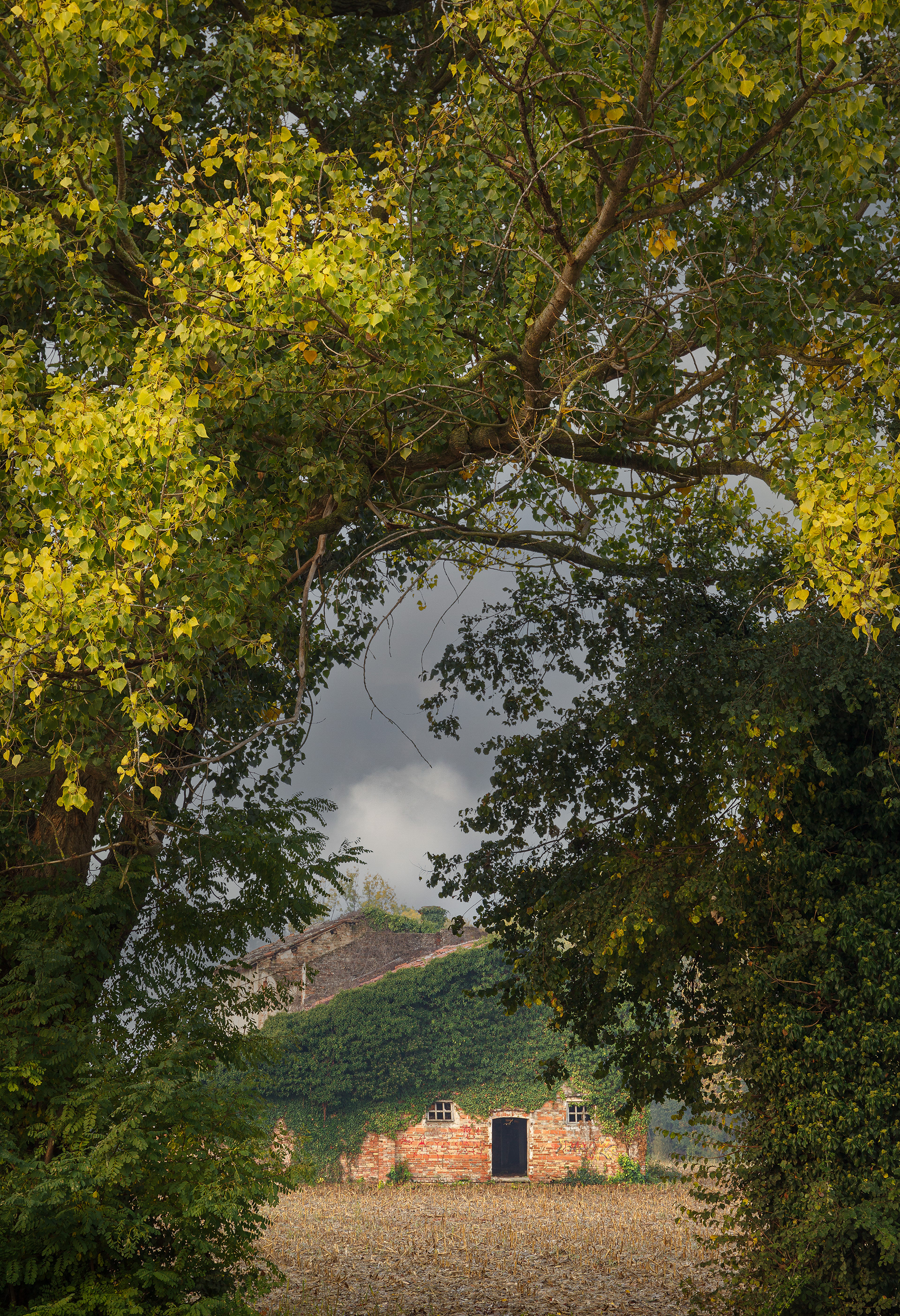
Symmetry and Patterns (see photos below) Simmetria (vedi foto sotto)
While the rule of thirds encourages asymmetry, symmetry can also be compelling in landscape photography. Reflections in water, perfectly aligned rows of trees, or mirrored mountain ranges can create harmonious and aesthetically pleasing images. Patterns, whether natural or man-made, add rhythm and texture to your photos, making them more engaging.
Mentre la regola dei terzi incoraggia l'asimmetria, la simmetria può anche essere avvincente nella fotografia di paesaggio. Riflessi nell'acqua, file di alberi perfettamente allineati o catene montuose a specchio possono creare immagini armoniose ed esteticamente gradevoli. I motivi, sia naturali che artificiali, aggiungono ritmo e consistenza alle tue foto, rendendole più coinvolgenti.
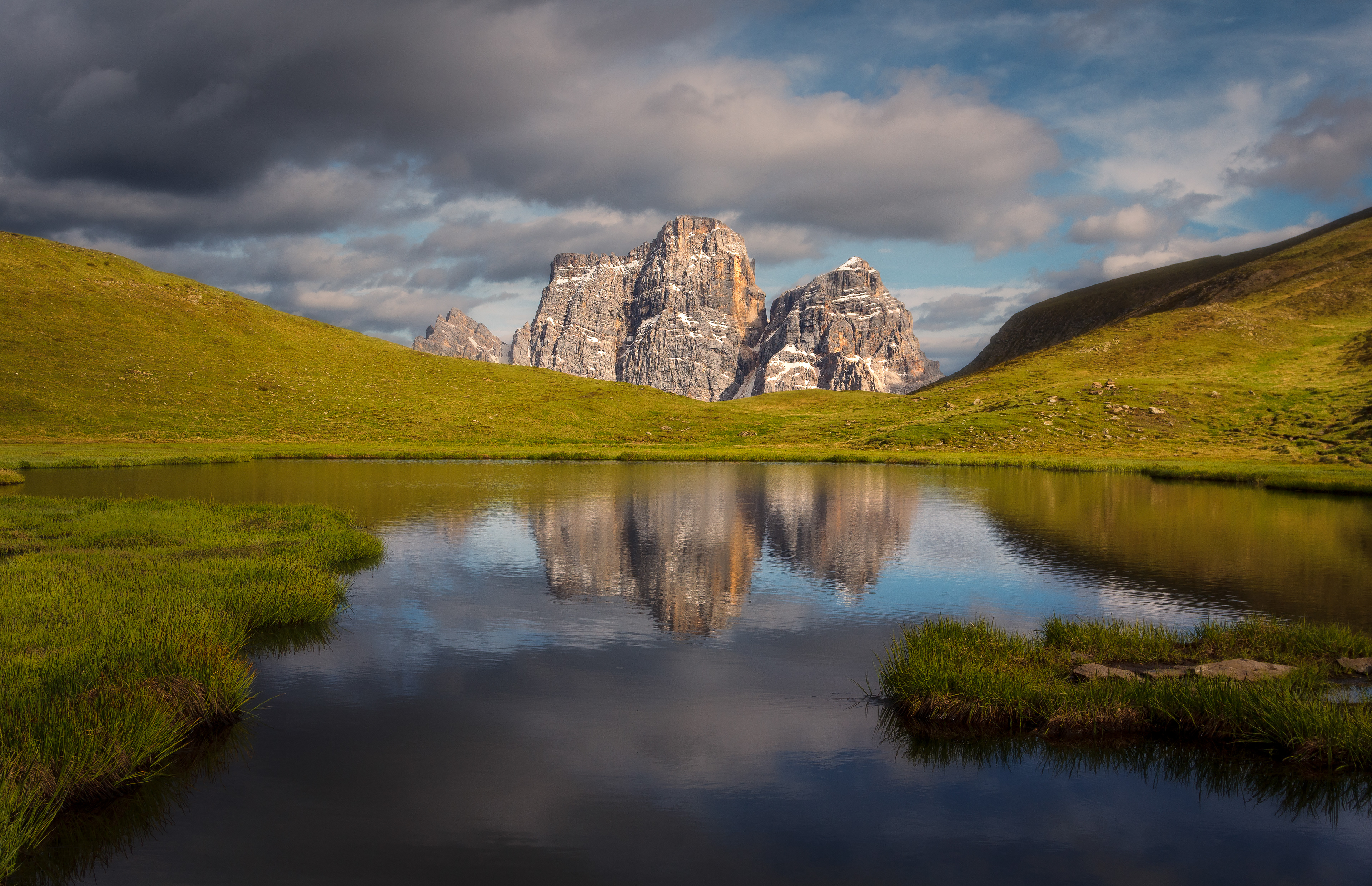
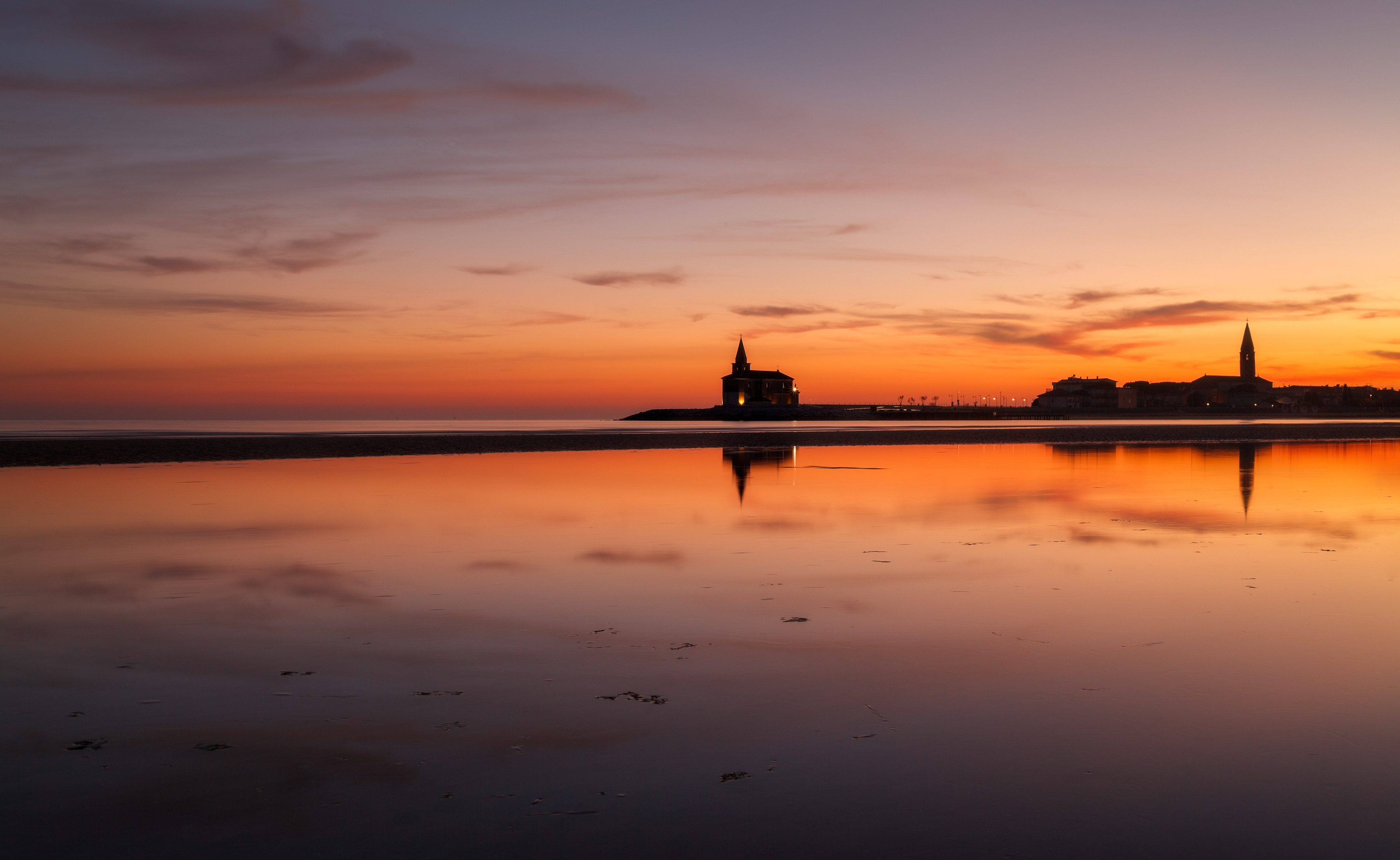


Light and Shadow (see photo below) Luce e ombra (vedi foto sotto)
Lighting is crucial in photography, and understanding how to use it can dramatically improve your compositions. The golden hours—shortly after sunrise and before sunset—provide soft, warm light that enhances colors and textures. Shadows can add depth and dimension, while the interplay of light and dark areas can create a sense of drama and mood.
L'illuminazione è fondamentale nella fotografia e capire come usarla può migliorare notevolmente le tue composizioni. Le ore d'oro, poco dopo l'alba e prima del tramonto, forniscono una luce morbida e calda che esalta i colori e le trame. Le ombre possono aggiungere profondità e dimensione, mentre l'interazione di aree chiare e scure può creare un senso di dramma e umore.
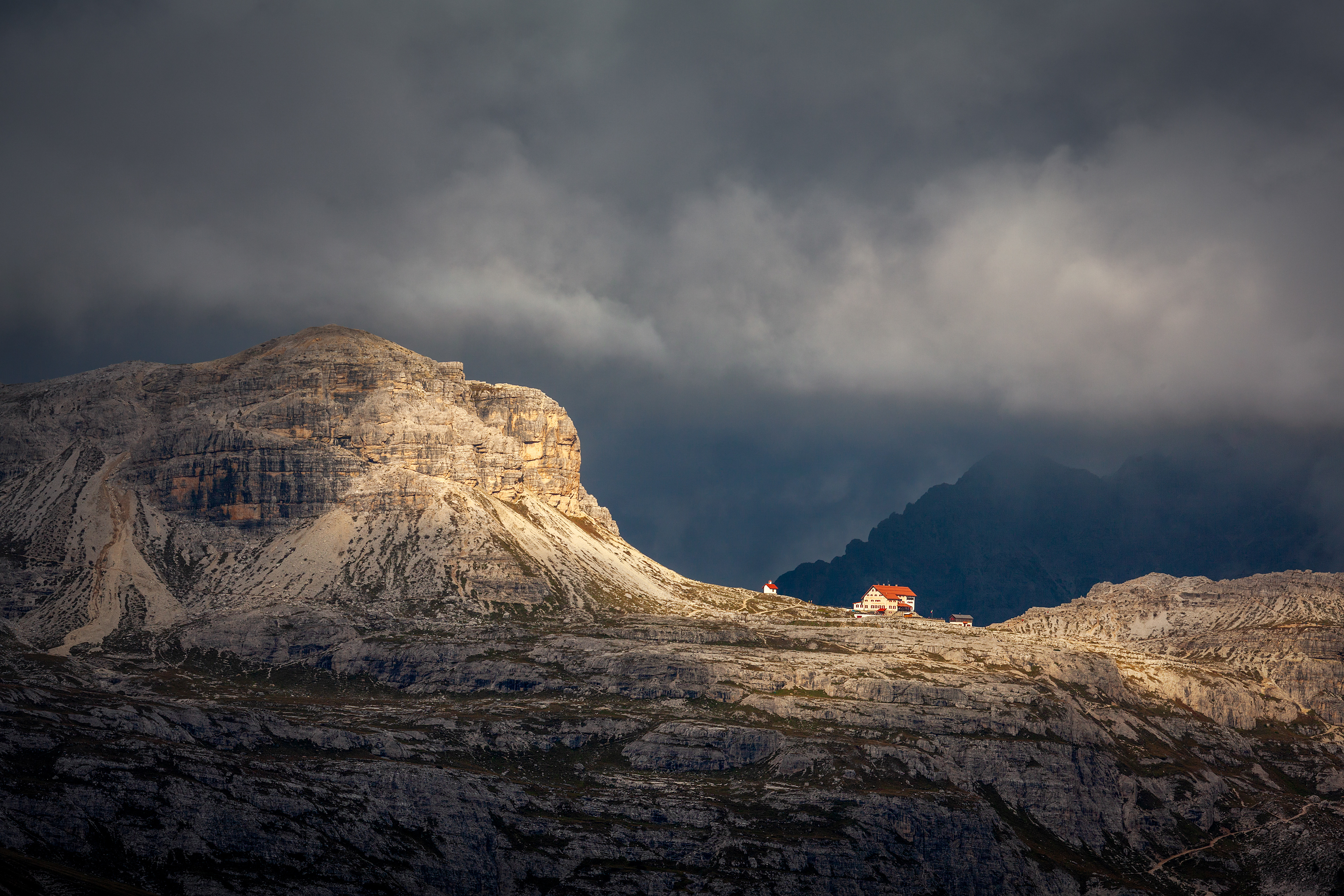
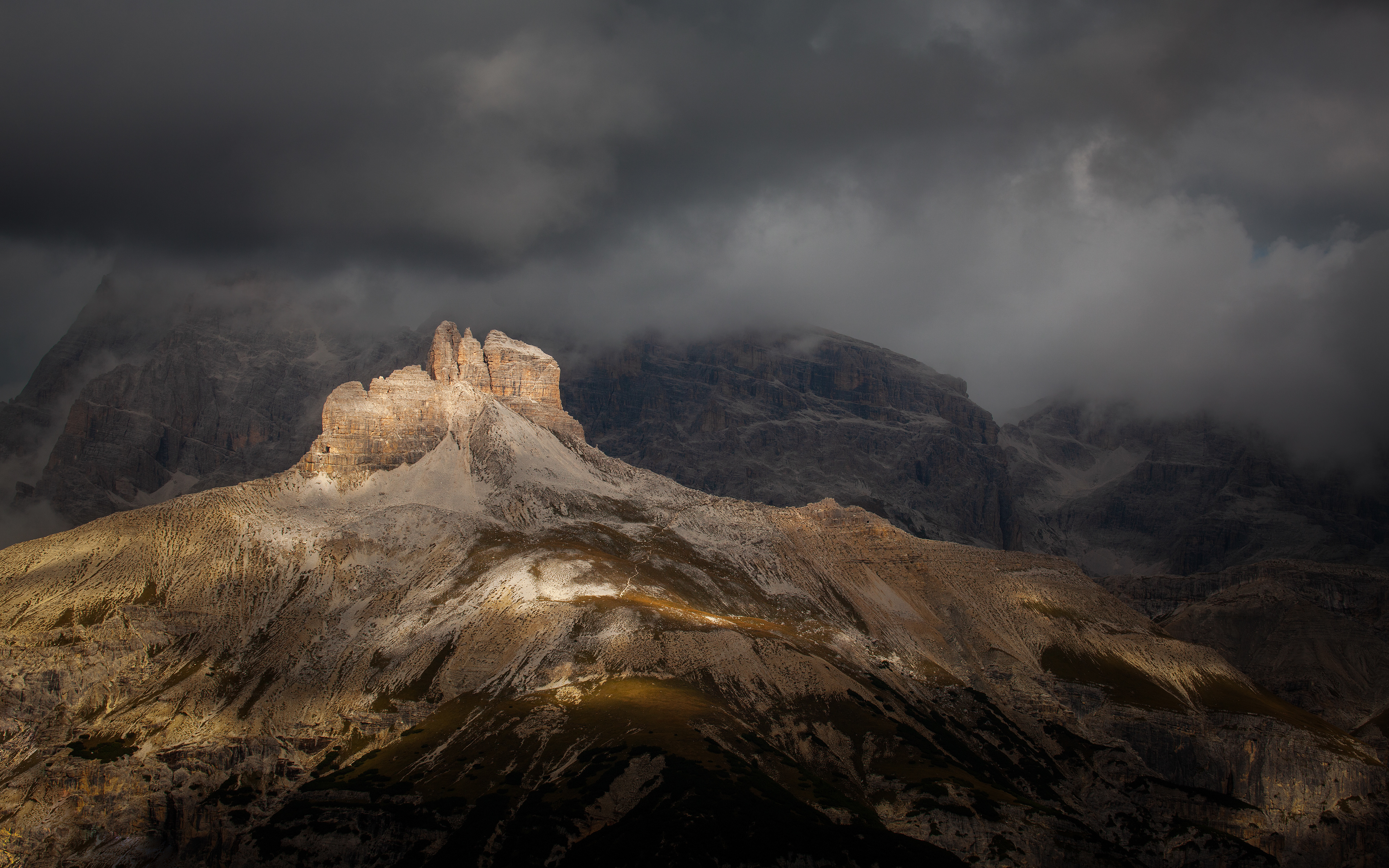
Conclusion
Mastering composition in landscape photography requires practice, patience, and a keen eye for detail. By applying these techniques and experimenting with different approaches, you can create compelling and memorable images that capture the essence and beauty of the natural world. Remember, the best compositions often come from a combination of following these guidelines and trusting your intuition as an artist.
Padroneggiare la composizione nella fotografia di paesaggio richiede pratica, pazienza e un attento occhio per i dettagli. Applicando queste tecniche e sperimentando diversi approcci, puoi creare immagini avvincenti e memorabili che catturano l'essenza e la bellezza del mondo naturale. Ricorda, le migliori composizioni spesso provengono da una combinazione di seguire queste linee guida e fidarsi della tua intuizione come artista.
Until the next one, thank you for reading my blog!
© ADRIANA BENETTI LONGHINI (All rights reserved)
The photographs contained on this, and any other site under the adrianabenettilonghini.com domain, are the property of Adriana Benetti Longhini and are protected by International copyright laws. All copyright, trademark, and other intellectual property rights in this site, are the property of Adriana Benetti Longhini.
All Photographs on www.adrianabenettilonghini.com are copyrighted.




